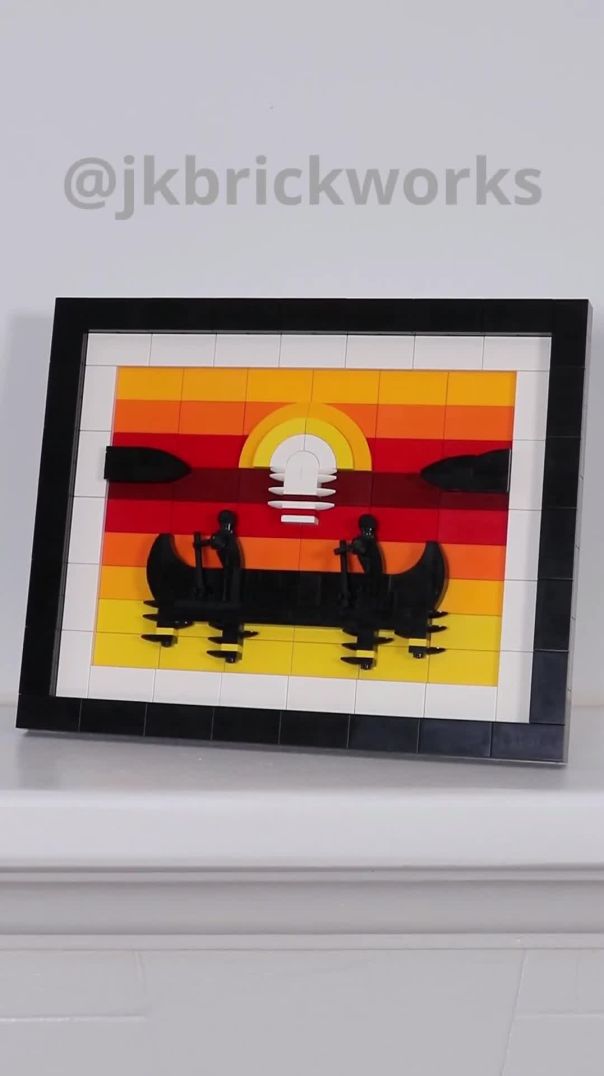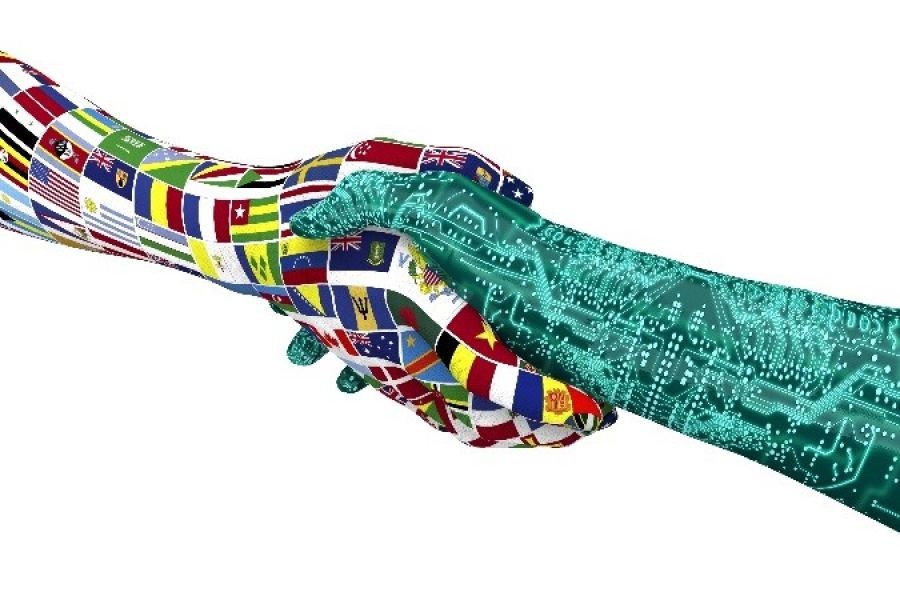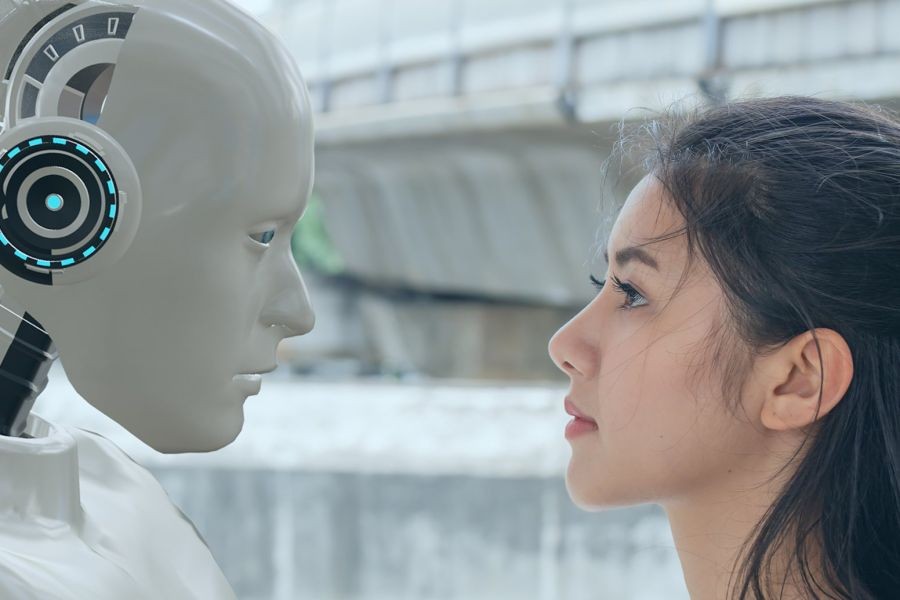In the lush landscapes of New Zealand, a powerful cultural renaissance is underway. The Māori cultural revitalization is not only breathing new life into traditional customs but is also reshaping New Zealand's national identity. This transformation is pivotal for innovation consultants seeking to understand the socio-economic impacts of cultural dynamics on industries and national policies.
The Significance of Māori Cultural Revitalization
Māori culture, with its unique traditions and values, plays a crucial role in defining New Zealand's cultural fabric. The revitalization efforts are about more than preserving history; they're about integrating Māori perspectives into the national dialogue, influencing everything from art and education to business and governance. According to a report by Stats NZ, the Māori economy is growing at a rate of 7% annually, significantly impacting the national GDP. This growth is not just numerical; it's a testament to the cultural integration that fosters innovation and enhances New Zealand’s global standing.
Case Study: Te Reo Māori in Education
The integration of the Māori language, Te Reo Māori, into New Zealand's education system is a profound example of cultural revitalization. In 2018, the New Zealand government launched a policy to make Te Reo Māori available to all students by 2025. This initiative has not only increased language proficiency but also promoted cultural awareness among young Kiwis.
Problem: Previously, the Māori language was at risk, with fewer young people speaking it fluently.
Action: Schools integrated Te Reo Māori across curricula, supported by government funding and teacher training programs.
Result: By 2023, over 30% of students in New Zealand schools were engaged in learning Te Reo Māori, according to the Ministry of Education.
Takeaway: This approach demonstrates the power of educational policy in cultural preservation and national identity reinforcement.
Economic Impacts and Industry Integration
The infusion of Māori culture into mainstream business practices is creating a unique identity for New Zealand on the global stage. For instance, the tourism industry has seen a significant boost by incorporating Māori cultural experiences. As reported by the Ministry of Business, Innovation and Employment (MBIE), cultural tourism has increased by 15% annually, contributing approximately NZD 1.8 billion to the economy.
Case Study: Māori Enterprises and Innovation
Māori enterprises, such as the Wakatū Incorporation, have integrated traditional values with modern business practices, leading to sustainable growth.
Problem: Like many indigenous businesses worldwide, Māori enterprises faced challenges in competing with larger, established companies.
Action: Wakatū Incorporation focused on sustainability and cultural authenticity, leveraging ancestral land for business ventures in food, beverage, and tourism.
Result: The company reported a 20% annual growth in revenue, with increased employment opportunities for Māori communities.
Takeaway: The case of Wakatū Incorporation highlights the potential of integrating cultural heritage into modern business models to drive economic success.
Data-Driven Insights and Strategic Implications
The revitalization of Māori culture offers strategic insights for innovation consultants. By understanding the intersection of culture and business, consultants can advise on culturally inclusive practices that resonate with local and international markets. According to Deloitte, companies incorporating indigenous knowledge systems are more likely to innovate and achieve sustainable growth.
Contrasting Perspectives: Cultural Integration vs. Assimilation
While cultural integration is celebrated, some argue that it may lead to cultural assimilation, diluting the richness of Māori traditions. Supporters of integration emphasize the benefits of a cohesive national identity, while critics fear the loss of cultural uniqueness.
Advocate Perspective: Integration enhances national unity and promotes cultural understanding.
Critic Perspective: Assimilation risks overshadowing Māori cultural distinctiveness.
Middle Ground: Balancing integration with preservation efforts ensures cultural richness and unity.
Common Myths and Realities
There are several misconceptions surrounding Māori cultural revitalization:
- Myth: Māori culture is only relevant to Māori people. Reality: Māori culture is integral to New Zealand’s national identity, influencing policies and industries.
- Myth: Revitalization efforts are purely symbolic. Reality: They drive economic growth and innovation across various sectors.
- Myth: Cultural revitalization is a short-term trend. Reality: It is a sustained movement with long-term national and international implications.
Future Trends and Predictions
The future of Māori cultural revitalization is promising. As more businesses and institutions embrace cultural integration, the Māori economy is expected to grow exponentially. By 2030, it is predicted that Māori enterprises will contribute over NZD 10 billion to the national economy, according to MBIE.
Furthermore, the global recognition of indigenous knowledge is likely to increase, positioning New Zealand as a leader in cultural innovation.
Final Takeaways
- Integrating Māori culture into business and education enhances New Zealand’s global identity.
- Māori cultural revitalization contributes significantly to economic growth and innovation.
- Balancing cultural integration with preservation is crucial for maintaining cultural richness.
- Future trends suggest continued growth and global recognition of Māori culture.
Conclusion: Māori cultural revitalization is not just a cultural movement; it's a strategic national initiative with profound socio-economic impacts. For innovation consultants and businesses, understanding and integrating these cultural dynamics is crucial for future success. What steps will you take to incorporate cultural insights into your strategies? Share your thoughts and join the conversation!
People Also Ask
- How does Māori cultural revitalization impact New Zealand’s economy? Māori cultural revitalization boosts economic growth by integrating traditional values into modern industries, contributing significantly to GDP.
- What are common misconceptions about Māori culture? A common myth is that Māori culture is only relevant to Māori people, whereas it is central to New Zealand's national identity.
- What future changes might affect Māori cultural revitalization? By 2030, increased global recognition of indigenous knowledge could position New Zealand as a cultural innovation leader.
Related Search Queries
- Māori cultural impact on New Zealand economy
- Māori language education in New Zealand
- New Zealand cultural tourism trends
- Indigenous business models
- Māori enterprises economic growth
- Te Reo Māori in schools
- Māori cultural integration policies
- Future of Māori economy
- Māori cultural preservation efforts
- Cultural innovation in New Zealand





























